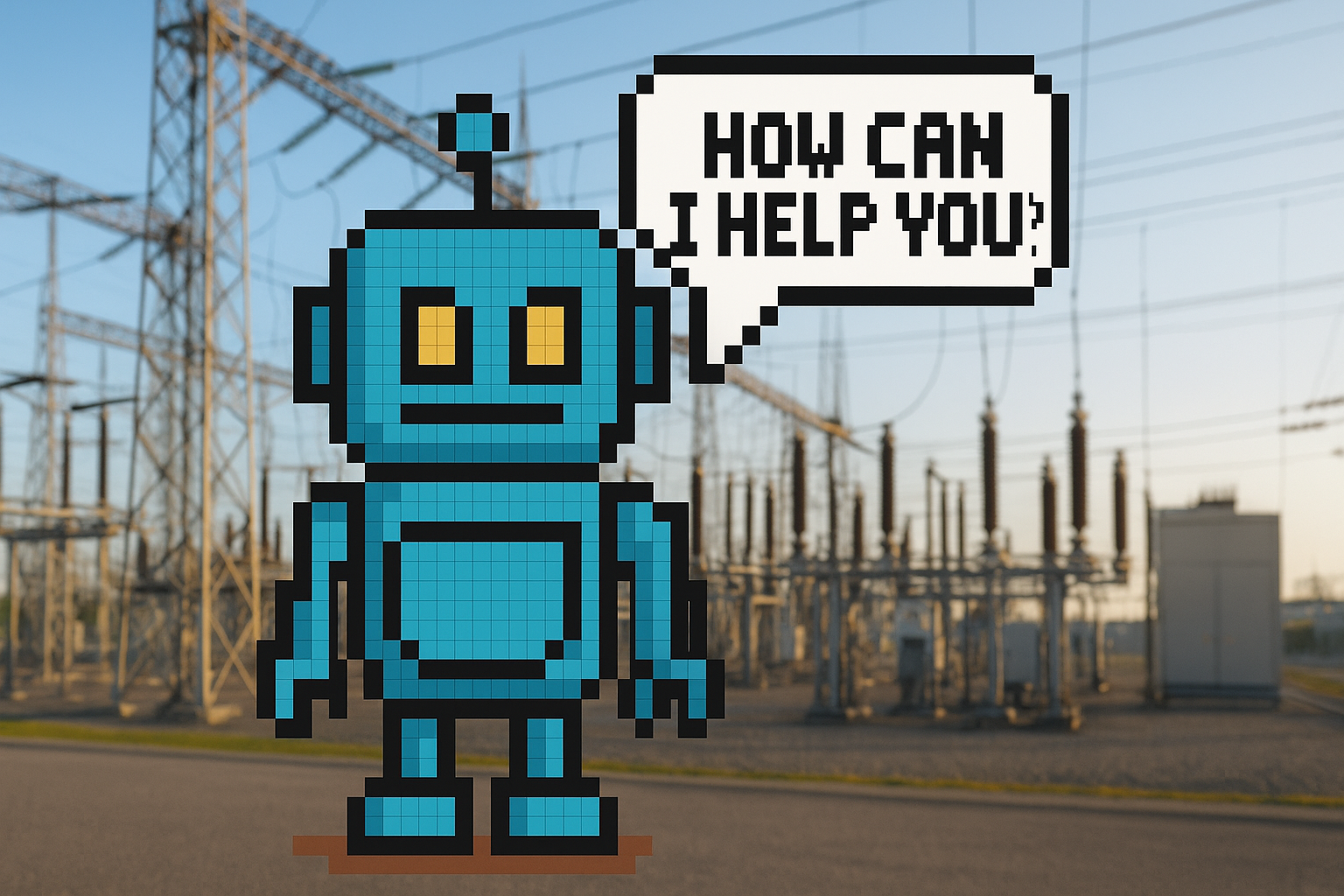Every now and then, I come across an article that doesn’t just tell a personal story—it opens up a larger conversation. That was the case with Pavel Bukengolts’ “AI in Healthcare: My Recovery Journey with ChatGPT.” It’s a compelling narrative about how he used AI—not as a gimmick, but as a practical tool when traditional medical systems left him without answers. As someone deeply interested in emerging technologies, I read it not through a medical lens, but through an AI one. What stood out wasn’t just what the AI did—but how thoughtfully it was used. There are some powerful takeaways here that go far beyond healthcare and into the broader questions of how we design, deploy, and interact with intelligent systems.
AI’s Strength: Pattern Recognition at Scale
“While a doctor might recall dozens or even hundreds of similar cases in a career, an AI like ChatGPT has access to millions of data points in seconds.”
That doesn’t make AI infallible, but it does make it a powerful second set of “eyes,” especially when conventional systems hit a wall. What struck me most about Pavel’s journey was that it wasn’t accidental or reactive—it was intentional. He didn’t just throw questions at the AI and hope for magic. He gathered his own data, asked targeted questions, and evaluated the responses critically.
That kind of structured inquiry is essential. In fact, it’s a skill set we need to teach more broadly as AI tools become part of everyday workflows. Knowing how to ask the right questions is becoming just as important as having access to the answers.
This methodical approach is a useful blueprint for anyone exploring how AI can fit into sensitive, high-stakes domains—healthcare included. It’s not about handing over control. It’s about enhancing decision-making through thoughtful collaboration between human insight and machine capability.
It also illustrates something important: users are learning how to collaborate with AI—how to test its boundaries, shape its responses, and integrate it into their personal contexts. That’s an emerging skill set on its own, and one we’ll see more demand for across industries.
AI as Partner, Not Replacement
“It’s not man or machine—it’s man with machine.”
Another important reframing here is that AI isn’t replacing professionals—it’s augmenting them. Pavel described it as giving your doctor a “superpowered assistant,” and that framing couldn’t be more timely. Across industries, people fear AI will replace jobs. But what if it made the job more effective? Faster? More personalized?
That’s the lens I use when designing AI tools. Whether it’s for insurance adjusters, educators, or physicians, the most valuable implementations treat AI as a teammate—not a takeover. This also opens up new possibilities for how people engage with their work. With the mundane tasks offloaded, professionals can focus on what they do best—thinking critically, exercising empathy, and solving problems in creative ways.
When we frame AI as a tool that supports human potential rather than threatens it, we open the door to deeper adoption and more ethical innovation. People need to feel empowered, not replaced.
The Ethical Layer: Trust, Privacy, and Transparency
Pavel doesn’t shy away from the real ethical questions either. There are valid concerns about feeding medical data into a system you can’t fully audit. His story surfaces that tension we all feel in the age of AI: access to insight vs. protection of personal data.
That tension won’t go away on its own. It requires design leadership, policy innovation, and systems thinking. We need to build products where trust is visible, and privacy isn’t buried in a 40-page terms of service.
“The future of responsible AI isn’t just in the backend—it’s in the user experience.”
What if interfaces gave users granular control over how their data was stored, reviewed, or deleted? What if feedback loops could flag model bias or recommend human review? What if users could ask, “Why did the AI suggest that?” and actually get an understandable answer? These are the types of features that will define trustworthy AI going forward.
We must also normalize discussions around ethical usage at the product level—from wireframes to launch. It’s not enough to bake in compliance after the fact. Trust and transparency have to be designed in from the start.
Questions Worth Asking
Even though Pavel’s experience is deeply personal, it raises broader questions we all need to consider:
- How do we responsibly integrate tools like ChatGPT into legacy systems?
- Where do we draw the line between curiosity and clinical action?
- How do we ensure safeguards that protect people without stifling the potential of this technology?
- What support systems and guidance do users need to make the most of AI without over-relying on it?
These are questions product designers, engineers, policy makers, and everyday users need to grapple with. Because the tools are already here. What’s missing is the thoughtful integration.
We should also ask: Who gets to participate in shaping these tools? Are we building for everyone—or just for those who already have access and digital fluency? Inclusive design should be central to these conversations.
AI Is Already Reshaping What’s Possible
This wasn’t just a story about one person getting better—it was a story about how AI is changing the nature of inquiry, diagnosis, and human decision-making.
It showed that the real power of AI isn’t just in the model’s intelligence—it’s in the intelligence of the interaction. And that depends on how we design these systems, how we guide their use, and how we teach people to engage with them.
I’m glad Pavel shared his journey. It reminded me that in every industry, from healthcare to insurance, we’re being asked to reimagine not just what tools can do—but what humans can do with better tools.
Because whether you’re dealing with a health challenge or simply curious about what’s next, the message is clear: AI is here—and it’s already reshaping what’s possible.



